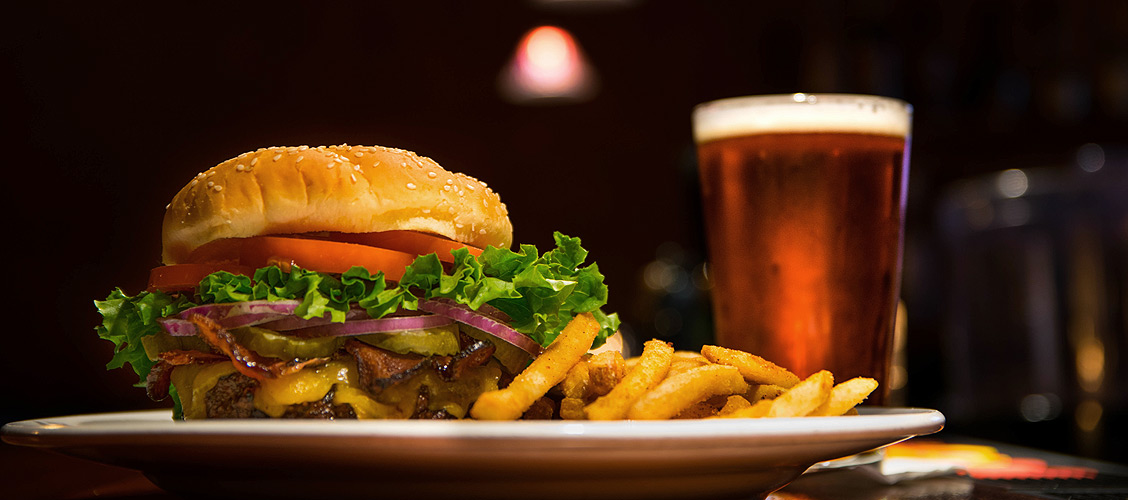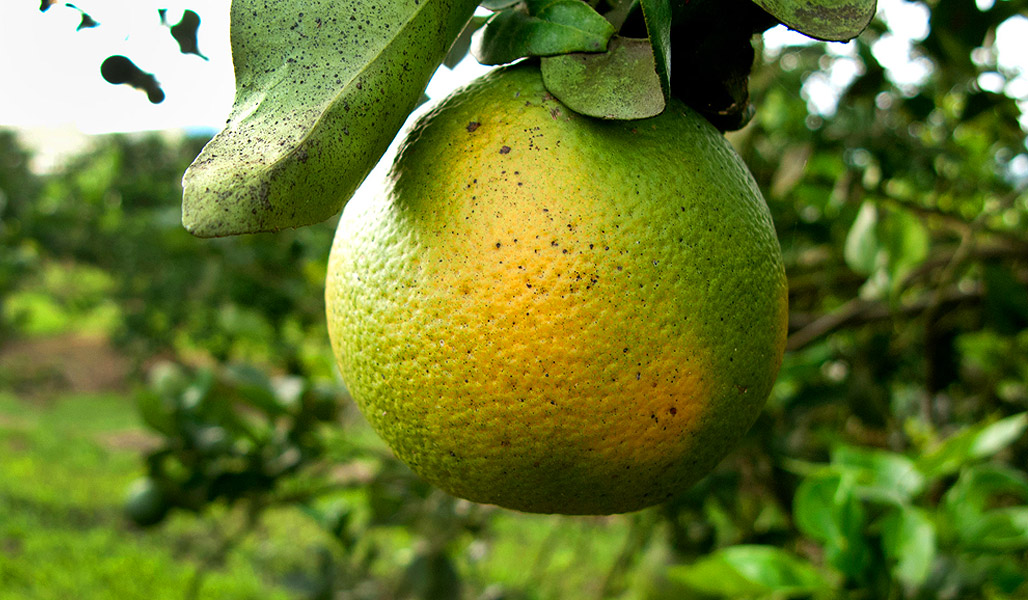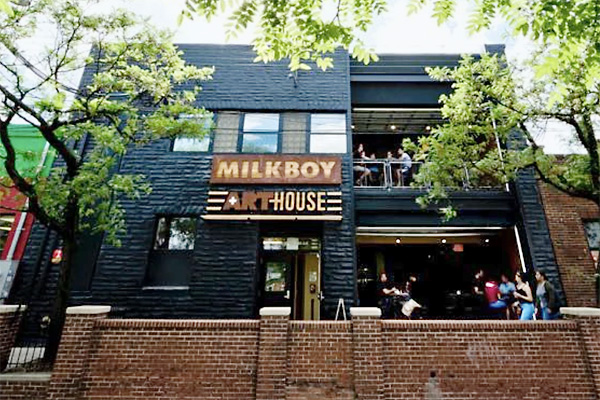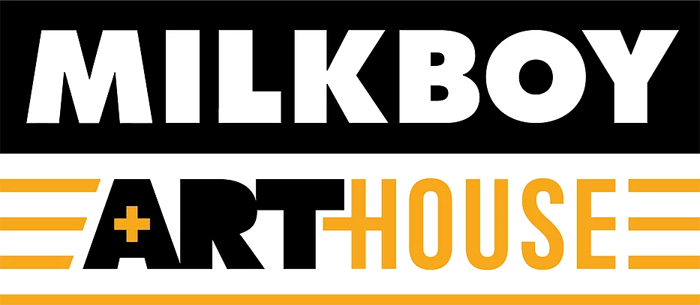 |

Science on Tap
A monthly lecture series at UMD that explores the latest discoveries in science and technology in a relaxed atmosphere with food and drink
|
|
Say Goodbye to Citrus? A Scientist’s Quest to Save the Worldwide Citrus Industry from a Devastating, Incurable Disease  Anne Simon Tuesday, April 30, 2019
MilkBoy ArtHouse RSVP at go.umd.edu/scienceontapapr19. Questions? Contact Abby Robinson Subscribe to Receive Science on Tap Emails ABOUT THE TALK The speaker will discuss her work on a solution to this challenge. Her approach is to infect trees with a viruslike ribonucleic acid, or RNA, assembly that creates few or no symptoms, but which can hopefully be engineered to carry a virtual bag of weapons against citrus greening disease: one would fight the psyllids landing on leaves, another would help the tree reverse the damage, and most importantly, one would slay the bacteria. The speaker's starting a company with the hope that one day the company could inoculate each tree—nearly 2 billion could use it—with the cure for several dollars each. Abstract text adapted from an article published in Maryland Today. This event is a partnership between the UMD College of Computer, Mathematical, and Natural Sciences and The Clarice and MilkBoy ArtHouse, a local crossroads for dynamic entertainment, social gathering and creative dining in downtown College Park, Maryland. This event is also sponsored by the UMD Science Alumni Network. |








